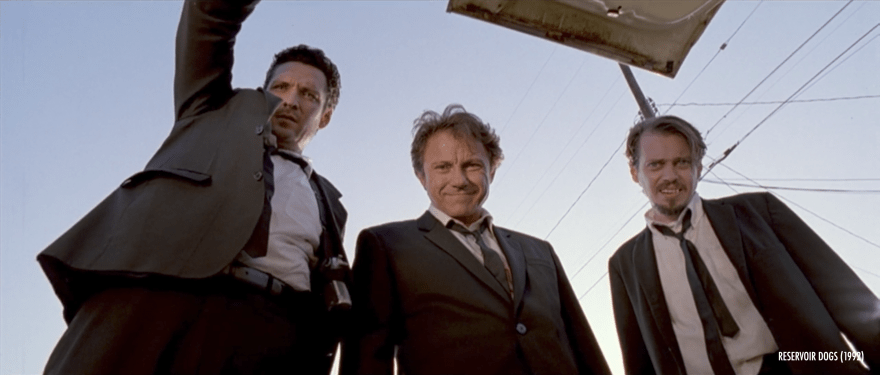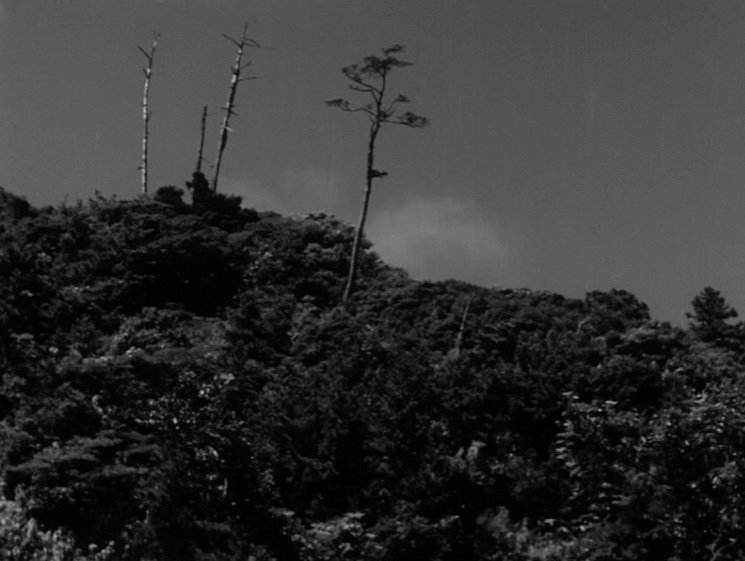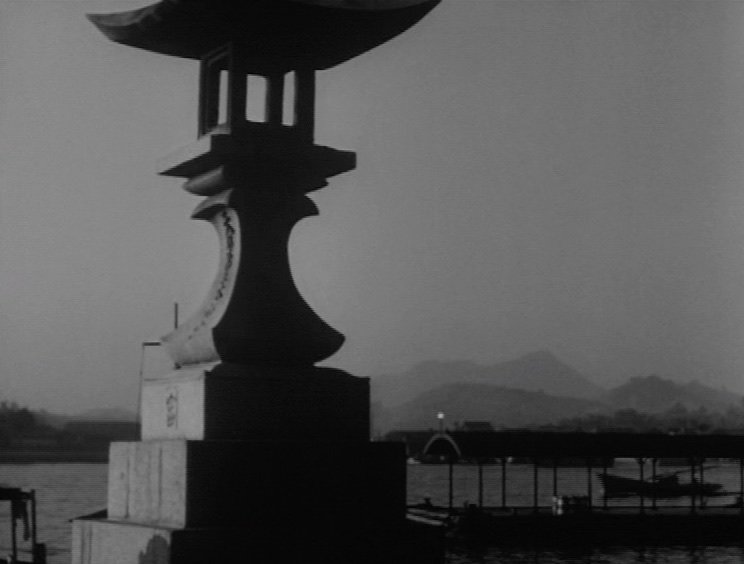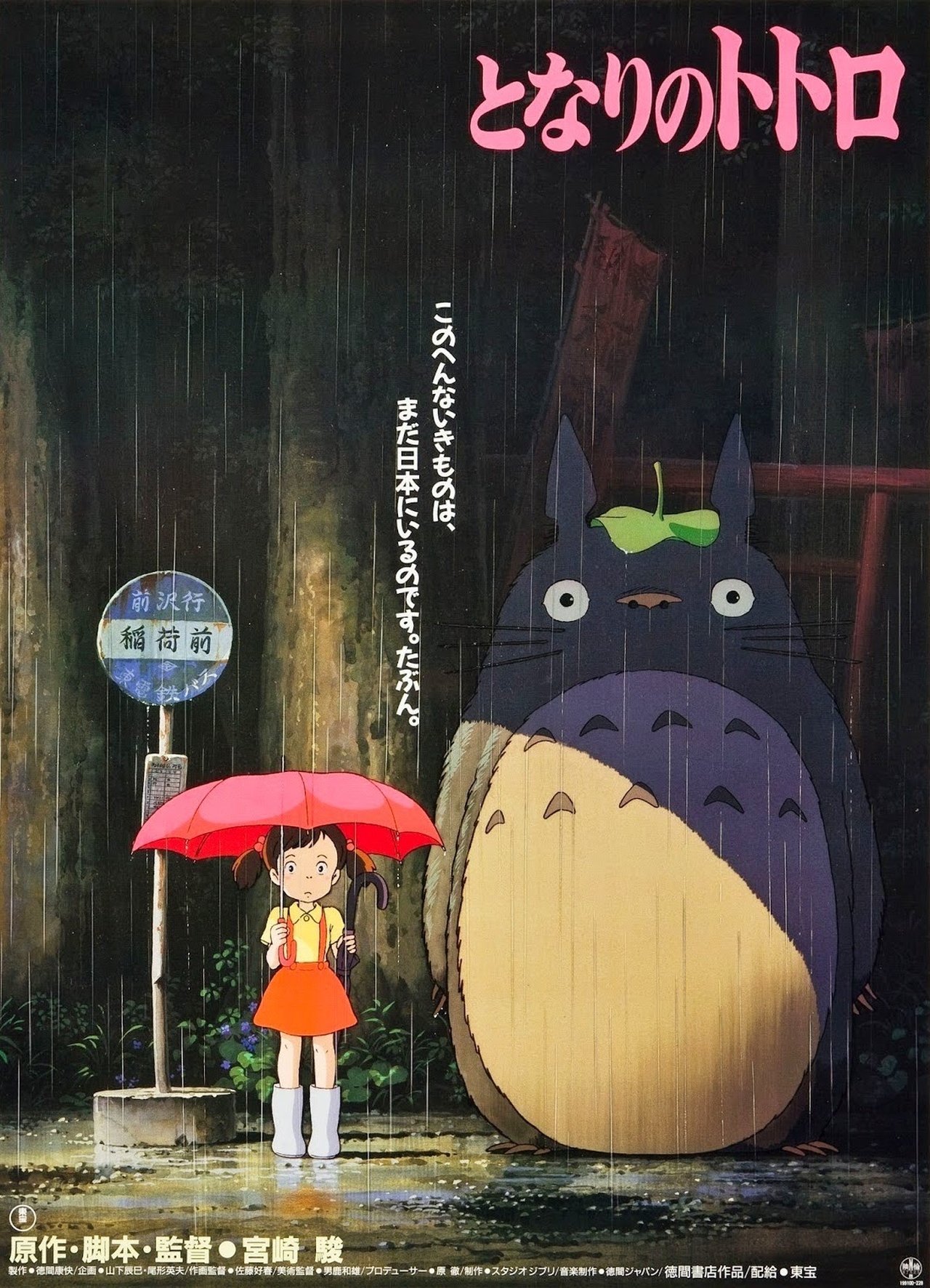Game6Conley
Well-Known Member
In american cinematography these low angle shots are used more to show mystery or horror..



the music is so good...Agree. Also seen it recently. Great music, slow tempo which allows to savour all the details.
In american cinematography these low angle shots are used more to show mystery or horror..

I think power and fear much more accurate.




Bro thAT wikipedia explanation is literally 10x ******** than the one I gave above discussing lines, weights and tones... People not discussing composition is like a big red-flag that its consumers speaking and not producers..


I mean, do you know what the Hitchcock term McGuffin is? they often use those type of low angle shots to build to the mystery of the object, like when Vincent Vega is inspecting the contents of the briefcase...

^literally the first image on google when u search McGuffin...
Also in Psycho look how Hitchcock uses the low angle shots on and inside the house behind the hotel.. there's a mystery/suspense building element..

Here is Kubrick using a low angle shot not to demonstrate power or fear, but more as a suspense building element, to demonstrate how vulnerable young danny is.
The real reason you do it is to basically eliminate depth, makes it seem like you have more of a 2 dimensional space and this draws more attention to the lines the weights and the tones.
In the old Japanese masters movies, they used those angles to sort of simulate eye level if you were kneeling in their house as you would traditionally (and because of what I wrote in the sentence directly above)
Faust (1926) This movie is so cool.. Mephisto's character looks amazing. My favorite Murneau Film over the more popular (and older) Nosferatu.

